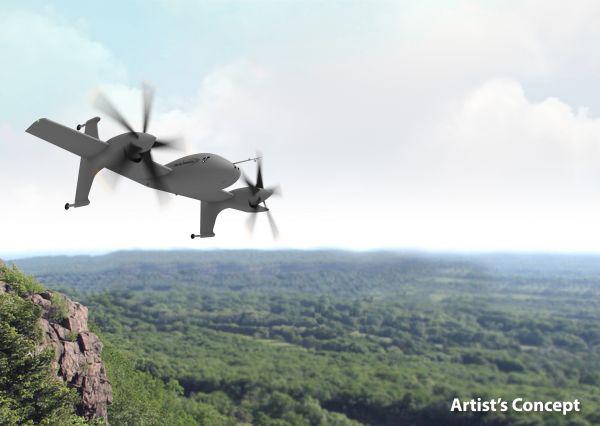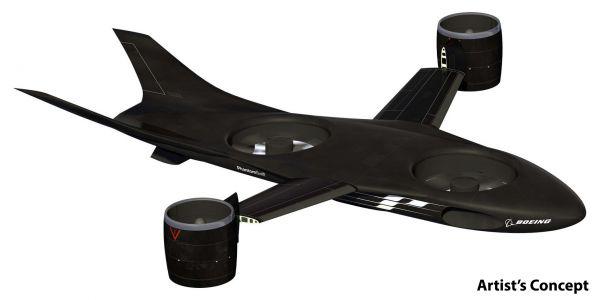DARPA Seeks Improvements to VTOL Aircraft
Four companies have been tapped to design the next generation of vertical take-off and landing aircraft for the U.S. Defense Advanced Research Projects Agency (DARPA).
Four companies have been tapped to design the next generation of vertical take-off and landing (VTOL) aircraft for the U.S. Defense Advanced Research Projects Agency (DARPA). They are Aurora Flight Sciences Corporation, The Boeing Company, Karem Aircraft Incorporated and Sikorsky Aircraft Corporation.
Current designs of VTOL aircraft have not been able to increase top speeds without sacrificing range, according to the agency. The VTOL Experimental Plane (VTOL X-Plane) “seeks to overcome these challenges through innovative cross-pollination between the fixed-wing and the rotary-wing worlds, to enable radical improvements in vertical and cruise flight capabilities,” the agency states.
Here are the specific requirements the aircraft are to achieve:
- Achieve a top sustained flight speed of 300 knots to 400 knots
- Raise aircraft hover efficiency from 60 percent to at least 75 percent
- Present a more favorable cruise lift-to-drag ratio of at least 10, up from 5 to 6
- Carry a useful load of at least 40 percent of the vehicle’s projected gross weight of 10,000-12,000 pounds
While DARPA did not specify whether the aircraft are to be manned or unmanned, the four companies are designing unmanned versions, the agency states.
“We were looking for different approaches to solve this extremely challenging problem, and we got them,” DARPA program manager Ashish Bagai says. “The proposals we’ve chosen aim to create new technologies and incorporate existing ones that VTOL designs so far have not succeeded in developing. We’re eager to see if the performers can integrate their ideas into designs that could potentially achieve the performance goals we’ve set.”
The next major program milestone is for late next year, when the companies will submit preliminary designs. DARPA aims to begin flight tests of the winning design between 2017 and 2018.







Comments